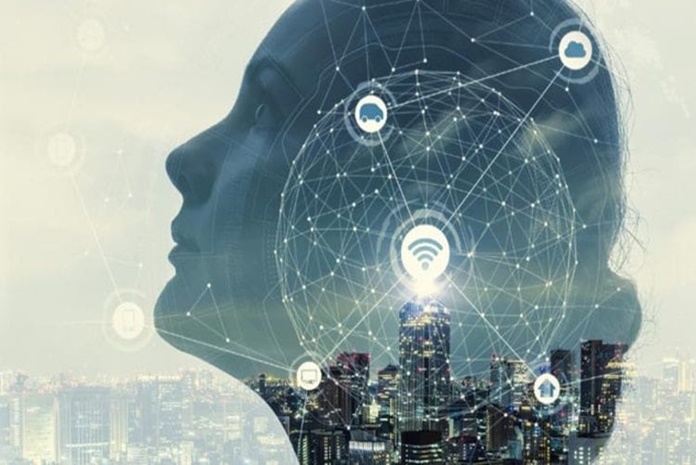Written by: Animesh Jain, Chief Delivery Officer, India and Americas at [24]7.ai
Global experts predict that the full effects of the pandemic can only be measured and understood in the years to come. However, one area has evolved significantly, and will only continue to do so: customer experience, or as it is commonly known, CX.
How we were managing CX before
Pre-pandemic, all businesses needed to do was to keep up and readjust their omni (offline and online) channel CX strategies. Goals were as varied as:
- staying ahead of competition
- keeping abreast with changes in technology
- or reacting to consumer preferences
Across platforms (social, personal contact, or advertising) brands followed the guidelines for integrated experiences – with the focus on frequent, dependable and seamless experiences.
This was based on consumer behavior, journey, personalities, stages of purchase, and more. We used the sales and marketing funnels to delineate and engage with users. Brands were thus able to deliver specific, relevant CX based on their needs and the channels.
CX since 2020: Remaking the rules, redefining the goal posts
Since 2020, almost every entity (business or public sector) has come to a grinding halt. They have been faced with the challenges of having to reimagine their customer experience strategy in real-time, with very real obstacles in terms of public and personal health.
As a result, most countries have seen enterprises and public institutions undergo digital transformation at an unexpected, unheard-of pace. For example, let’s take banking and finance – pre-pandemic, they allowed for downtime and brick-and-mortar offices. Due to Covid-19, financial institutions had to deal with a ban on face-to-face interaction as well as a boom in the volume, type, and size of online transactions. Consumers, already panicked by a real-life crisis, expected quicker resolution of their needs and round-the-clock service. Two years ago, most firms were not equipped for this in terms of processes, culture, and systems.
IT companies have become trusted partners, helping organizations create new routes to profit, and sustained services – as well as redesigned CX. From vaccination initiatives and online sales to last mile delivery, companies have been pushed to consider cloud, machine learning (ML), analytics, Artificial Intelligence (AI), and more to survive. Now, with all these tools, it’s time to forge ahead and thrive
2022: How CX must change
As the famous playwright, George Bernard Shaw says, “Progress is impossible without change, and those who cannot change their minds cannot change anything.” Companies today must prepare for even more change if they want to stay on top. Even more than ever, companies must make their CX strategy completely customer centric. There are immense pathways to collecting and analyzing data to gain customer insights, and we must structure our CX around what the customer wants – and not what we think they want or the goals we want to achieve. For example, companies may be enthusiastic about lowering costs and increasing efficiency by using ML and AI for automated assistants and Interactive Voice Response (IVR) – but customers are not, especially when their needs are time-sensitive or complicated.
Here are four steps every company must take to start their journey to post-pandemic CX success:
- Go from technical engineering to social engineering
The time is ripe to not just improve but reimagine your firm’s CX strategy and roadmap through social engineering – which means that we must focus on how to grow usage of customer contact platforms through data analytics, insights, and innovative thinking. That is not to say that we cannot reap the benefits of technology like automation – but that we must use it differently.
- Inculcate CX into your firm’s every team and process
It cannot be the sole responsibility of employees in customer-facing roles to care about or prioritize customer experience. An omnichannel strategy means that multiple teams and departments – across marketing, sales, backend, online and offline – are empowered to work in sync towards improving customer journeys.
- Harness the power of information and Innovation Customer Experience (ICE)
Customers are constantly giving us clear feedback – whether in market and channel data, through their journeys, and through overt feedback. We need to complete the loop of feedback by converting it into action and value proposition changes. Leverage emerging technologies to firstly, convert one-way interactions into exchanges with customers, and secondly, to understand and optimize platforms (social, voice, etc) for more efficient, appropriate usage.
- Make digitization and data analysis a recurring priority
Digitization is here to stay. Customers prefer firms who offer digital offerings and touchpoints as well as 24/7 services. Firms must prepare to constantly innovate – be it custom platforms or adopting new tech. With digitization, however, comes data – and thus in-depth knowledge of what is working – and what isn’t. Companies must accept that they are entering a new cycle – digitize to innovate, then analyse the results to digitize further. This is the only pathway to longer, more sustainable, and more profitable customer experiences.














